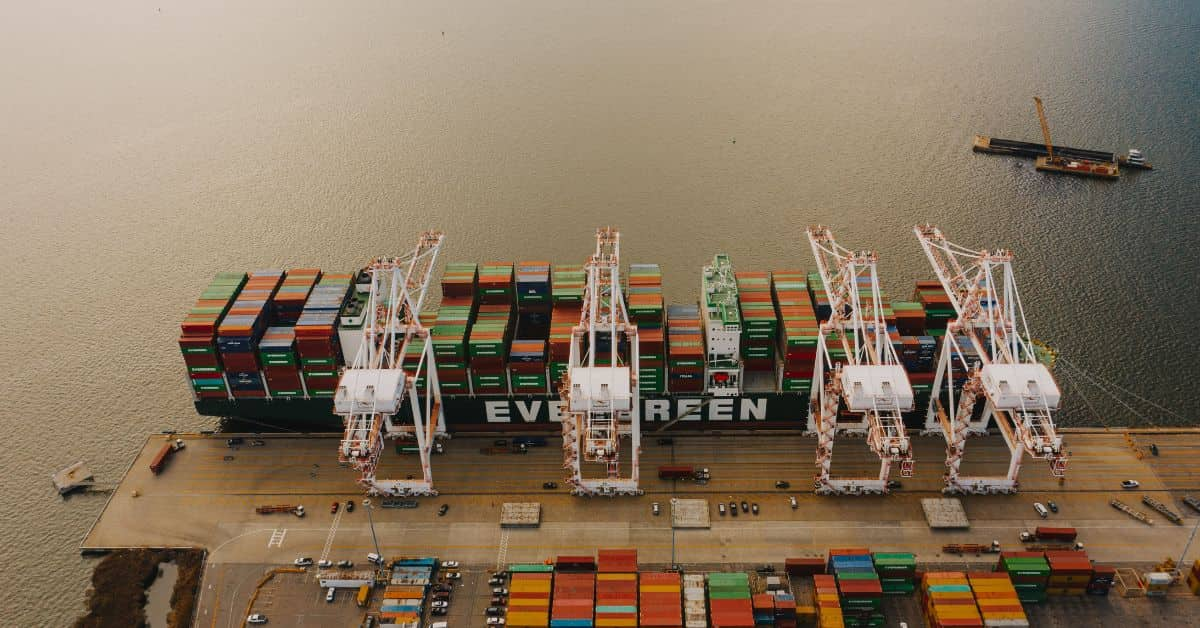Import Tax Types Every Importer Should Know
Contents

Import tax is a major cost that businesses must consider when importing goods from abroad. Understanding the tax system and related rules helps reduce risks and ensures smooth operations. Import tax is complex—just like other fees and duties.
Let’s explore what import tax means, how to calculate it, the types of taxes involved, and tips to manage these costs effectively. A smart approach can lead your import business to long-term success—free from tax-related issues.
What Is Import Tax?
Import tax is the duty charged by the government on goods brought in from other countries. It protects local industries, limits foreign competition, generates state revenue, and controls the import of specific items. Import tax rates vary by product. Luxury items or certain electronics may face higher duties than other products.
For import-export businesses, this tax is a key cost. If miscalculated, it can lead to pricing errors or hidden losses. Poor planning may also cause trouble when handling product taxes.
What Types of Import Taxes Apply?
There are four main types of import-related taxes:
1. Import Duties
Import duty applies when a product’s value exceeds the legal threshold. It is calculated using the CIF value (Cost + Insurance + Freight). The rate depends on the product category defined by the Harmonized System Code (HS Code). Some goods are duty-exempt. Others start from 5% and increase depending on the item.
Import Duty Formula
Import Duty = CIF × Import Duty Rate
2. Excise Tax
Excise tax is charged on imported goods that the government wants to regulate or considers luxurious. Examples include alcohol, tobacco, fuel, vehicles, and perfumes. This tax also applies to similar locally-produced goods. Rates and calculation methods vary by product type.
Excise Tax Calculation
There are two ways to calculate excise tax:
2.1 Based on Value
This method uses a percentage of the product’s base value. Here’s how to calculate it:
Excise Tax = Tax Base × Excise Tax Rate
Tax Base = CIF + Import Duty + Other Applicable Costs
2.2 Based on Quantity
This method calculates tax by unit, such as by net weight or volume. For example, one pack of cigarettes or one liter of fuel.
Excise Tax = Quantity × Rate Per Unit
3. Interior Tax
Interior tax is an extra charge on top of excise tax. It supports Bangkok’s government, local administrations, and tax-related laws. The rate is fixed at 10% of the total excise tax.
Interior Tax Calculation
Interior Tax = Excise Tax × 10%
4. Value-Added Tax (VAT)
VAT is applied to the total value of goods and services, including import duty and excise tax (if applicable). Thailand’s VAT rate is currently 7%.
VAT Calculation
VAT = (CIF + Import Duty + Excise Tax (if any) + Interior Tax + Other Fees (if any)) × 7%
As shown above, import taxes come in multiple forms and can increase your overall costs. Importers must understand these tax structures clearly. Accurate calculations help avoid losses and ensure smooth customs clearance.
Which Products Require Import Tax?
In general, all imported goods in Thailand are subject to import tax—unless exempted under trade agreements or tax privileges. For instance, using a Form E or a Certificate of Origin can lower import tax to 0% for goods from ACFTA member countries or others listed under HS Code exemptions.
Tips for Managing Import Taxes and Running an Import Business
To run a successful import business, consider all tax-related factors. Doing so helps reduce costs, increase revenue, and boost operational efficiency.
1. Use Free Trade Agreements (FTA)
Thailand has FTAs with many countries. These agreements lower or eliminate import taxes for certain products. Always check whether your goods qualify for these benefits.
2. Verify the Correct HS Code
Using the right HS Code is critical. A wrong classification, such as labeling a forklift as a personal vehicle, may result in higher taxes and legal penalties. Customs officers may also investigate intentional misclassification.
3. Work with Experienced Shipping Agents
Partnering with skilled shipping agents or logistics providers reduces errors, saves time, and streamlines the customs process.
4. Plan Your Warehouse Strategy
Efficient warehouse planning goes hand in hand with tax management. Using a good pallet management system and proper pallet racking maximizes space and protects inventory. Warehouse optimization can reduce costs significantly.
5. Keep Up with Laws and Regulations
Tax laws in Thailand change often. Stay informed and adapt to avoid future issues. A proactive approach keeps your business compliant and resilient.

Import tax directly affects your costs and competitiveness. Knowing how the system works helps you plan better and gain an edge. Choosing experienced partners—like reliable shipping firms and efficient logistics providers—ensures smooth import operations and sets your business up for future growth.
UPR (Thailand) Co., Ltd. offers plastic and wooden pallets for rent or sale, pallet racks, storage equipment, stretch film, pallet management systems, and complete logistics solutions powered by modern technology. We meet the needs of importers and logistics professionals alike.
With over 10 years of experience, we offer fast, reliable, and professional services throughout Thailand.
Contact Us
Submit a form: www.upr-thailand.co.th/en/contact/inquiries/
Tel: +66-2-672-5100
Email: info-thailand@upr-net.co.jp
UPR (Thailand) Co.,Ltd. > Columns > Logistics > Import Tax Types Every Importer Should Know

 Contact us
Contact us  Call us
Call us  Line Official
Line Official